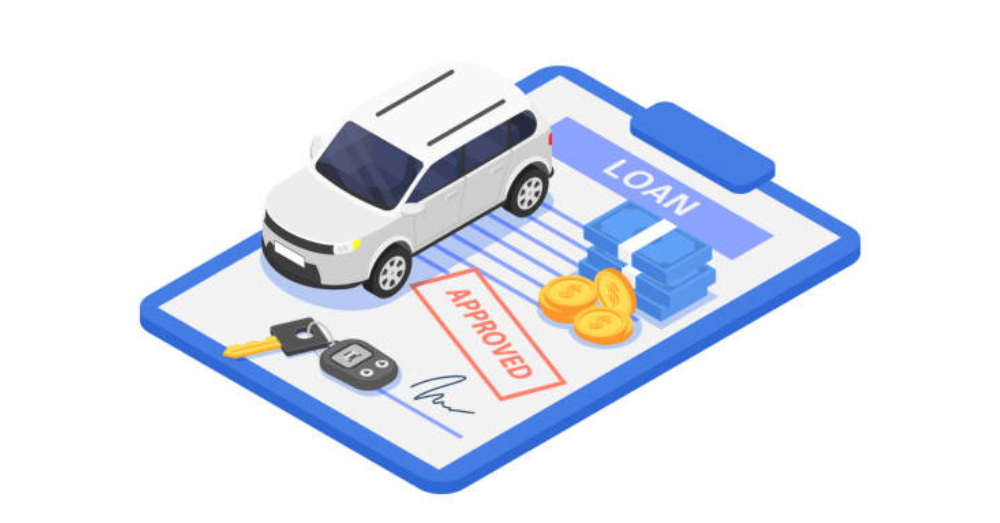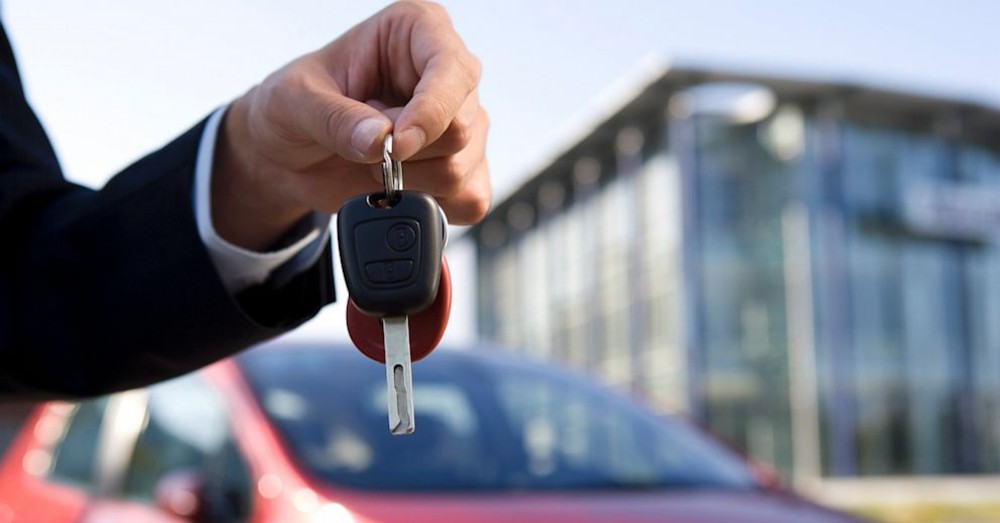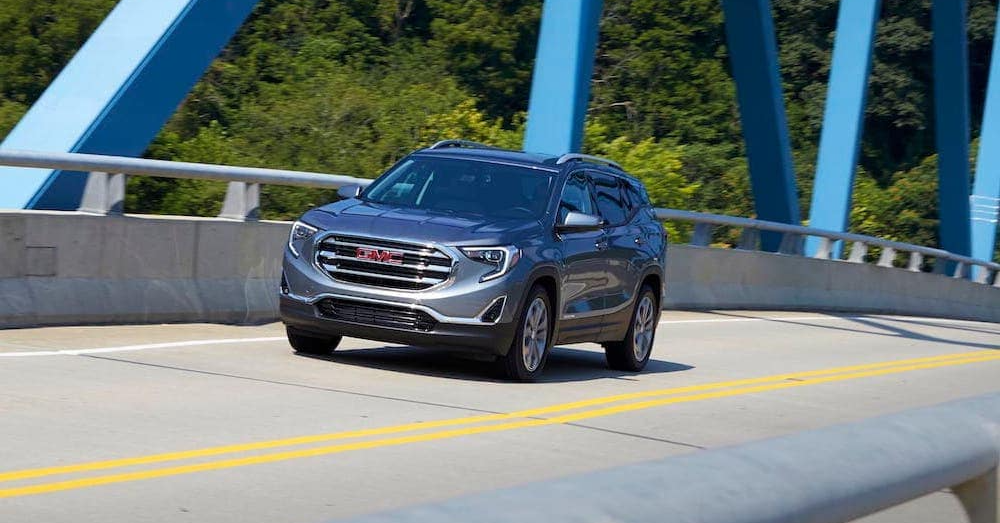
Are Used Car Shoppers Waiting for Lower Interest Rates?
Even though the market for used cars has improved somewhat in recent months, it’s starting to look like many shoppers are holding out for lower interest rates. One of the reasons this might be happening is that the Federal Reserve has made it fairly clear that a rate cut is coming later this year. This comes as welcome news in a market where rates are near 24-year highs.
More Discounts Might Be Necessary Until Interest Rates Come Down
With high rates likely coming down in the future, many used car shoppers appear to be waiting for that to happen. Until the rate cut happens, many dealers will likely need to offer higher discounts to move vehicles. As of March 20, the Federal Open Market Committee left the current rates unchanged. That’s leading to strong expectations for a rate cut to happen somewhere in the second half of 2024. The next meeting will be April 30 to May 1.
In context, a separate report from Experian Automotive shows that the average used car loan in the last quarter of 2023 had an interest rate of 11.4%, which is up from 10.4% from the same period a year prior. With high-interest rates, lower demand, and a growing supply of used cars, it’s setting up a buyer’s market scenario.
Value for used cars has gone down by about 14.7% from a a year ago. The adjusted average price for wholesale used cars was $18,573 in March 2024. In March 2023, the average wholesale price was $21,777.
Spring Bump Peaks Early
The other issue facing dealers is that it appears the spring bump in vehicle sales has peaked somewhat early. The spring bump is what usually happens in the spring every year as consumers start shopping for cars with tax refunds. However, this year, sales slowed earlier than usual, going down by the last week in March.
It’s also important to note that the current decline in used car prices is following an unusual and significant increase in used car prices over the last few years. The increase in prices for used cars followed the drop in production of new vehicles during the pandemic. A prolonged shortage of computer chips didn’t help the issue.
When the pandemic hit, many shoppers turned to used cars, which caused values to rise. That also meant fewer trade-ins, which resulted in a drop in the supply of nearly new used cars.
Buying Used Cars vs New
Shoppers who are buying cars now are trending toward new cars thanks to the various manufacturer incentives and deals. With interest rates at a very high level, many car shoppers are either waiting it out or are carefully shopping for good deals. Another issue is that the reduced wholesale price of used cars isn’t necessarily translating to the retail market. With high prices and high-interest rates, it’s not surprising that many used car shoppers are waiting for a rate cut.
Dealers may need to wait it out with them or consider offering more discounts to attract buyers.
This post may contain affiliate links. Meaning a commission is given should you decide to make a purchase through these links, at no cost to you. All products shown are researched and tested to give an accurate review for you.



